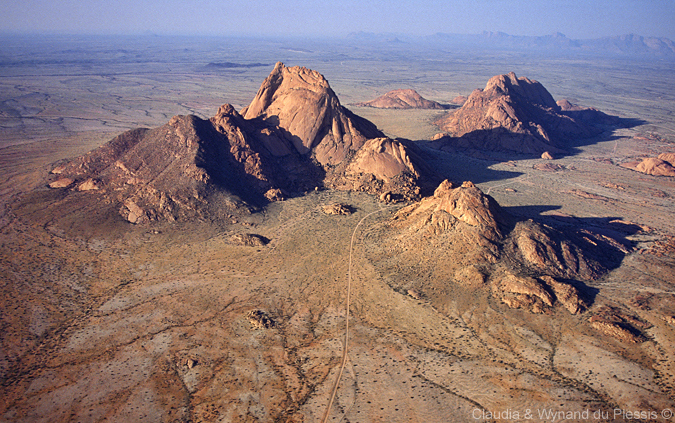
Namibia is undoubtedly one of the best travel destinations in the world for nature lovers and photographers alike. Whilst Namibia’s south delights with its beautiful desert landscapes, the north offers both fantastic scenery and magnificent wildlife encounters.
Here is a shortlist of the best photographic hotspots, to help you plan your visit to northern Namibia.
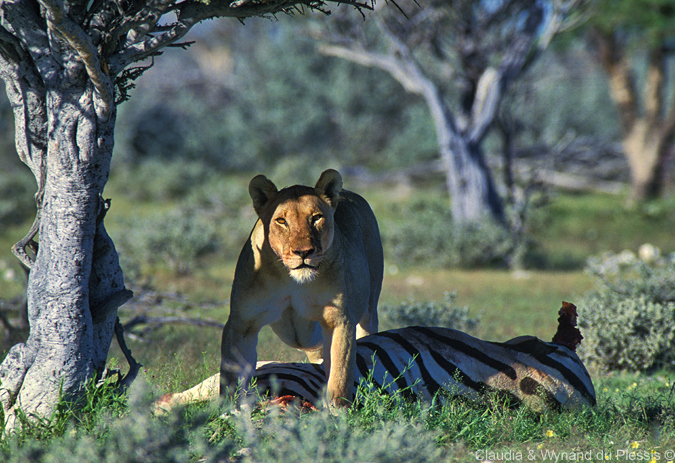
SPITZKOPPE
Spitzkoppe, often described as the “Matterhorn” of Namibia, was a paradise for the early Bushmen of Namibia, because there was plenty of game to hunt, abundant spring water and shelter in caves. Today, Spitzkoppe still captivates photographers and people fascinated with wild places by the uniqueness and stark beauty of its towering granite boulders.
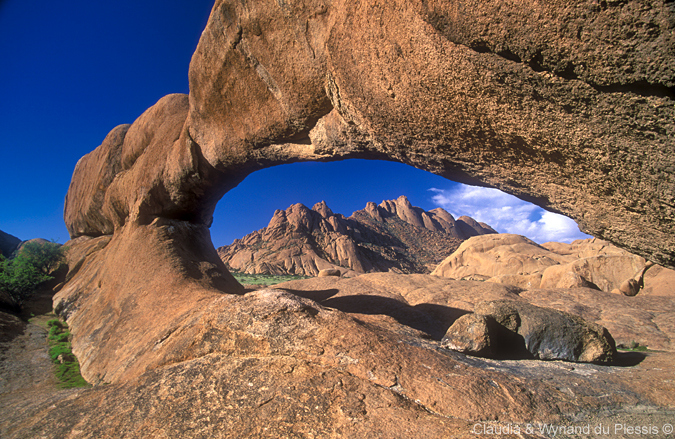
CAPE CROSS
The Cape Cross Seal Reserve is one the largest colonies of Cape fur seals in the world. Here you have the unique chance to get fairly close to these mammals of the sea and capture intimate portraits of them resting, sunbathing and socialising with each other.
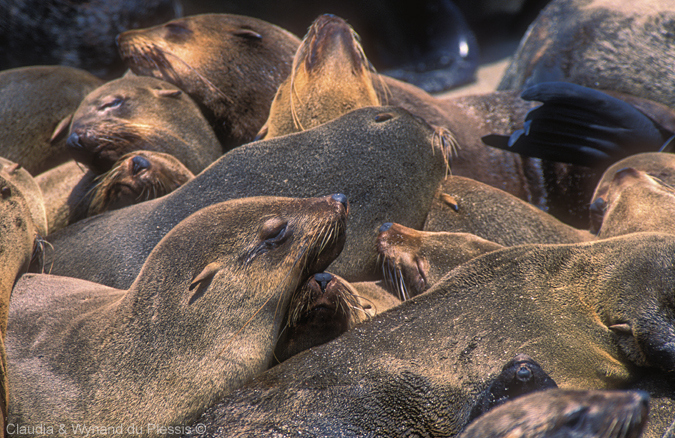
PALMWAG
Palmwag and its surroundings in Damaraland is worth a visit if you take enough time to explore its secrets. The dramatic table-top mountains of red basaltic rock are most spectacular in the early and late hours of the day.
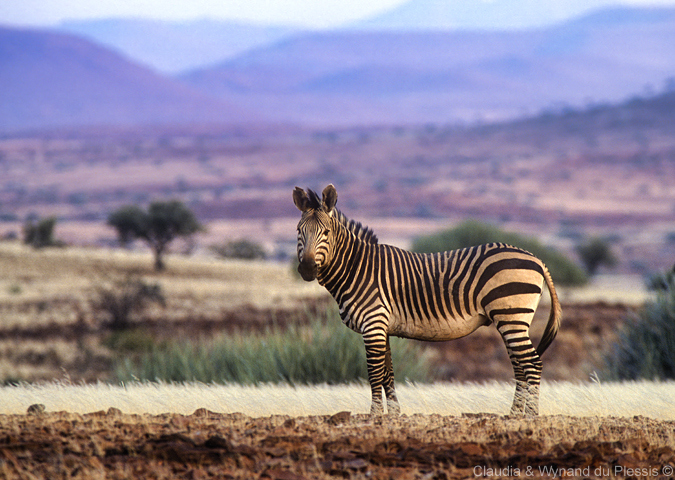
As a few perennial springs provide life-giving water in this desert, there is a good chance that you may encounter and photograph desert-adapted elephants, endangered black rhinos, desert-adapted giraffes or even stumble across some desert-adapted lions.
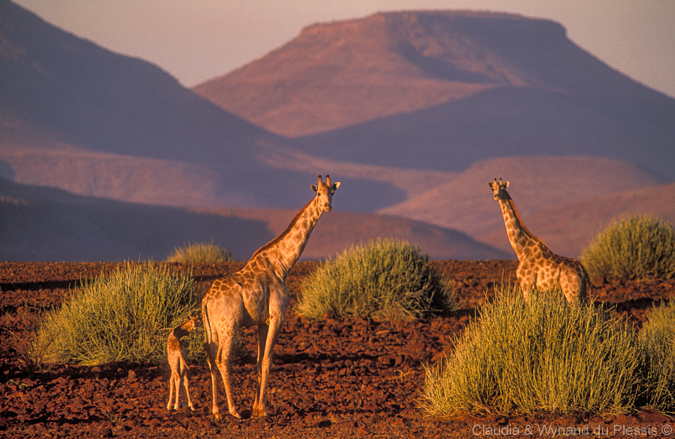
ETOSHA NATIONAL PARK
Etosha is the number one destination in Namibia for wildlife photographers. The animals are used to vehicles and therefore let you often come very close. Here you’ll be able to capture a range of different photographs of the wildlife, from full-frame portraits to wider shots of large herds on the grass plains.
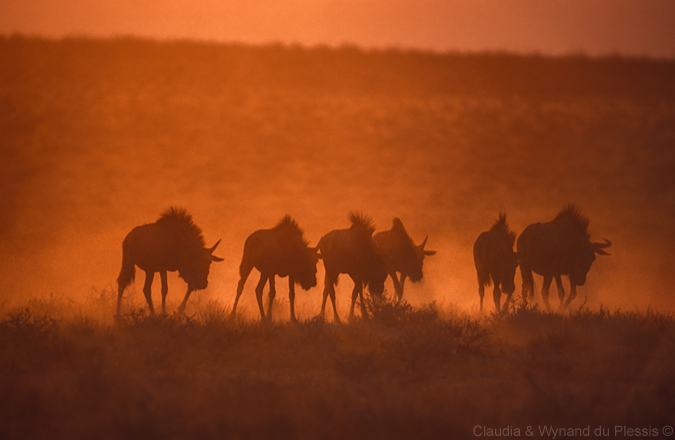
High concentrations of animals at the waterholes in the dry season offer great opportunities for capturing wildlife interactions.
Besides zebra, springbok, wildebeest, kudu, gemsbok, impala and giraffe you’ll also see elephants, rhinos, lions, hyena, cheetah and perhaps even a leopard. And let’s not forget the more than 400 bird species that have been sighted in Etosha.
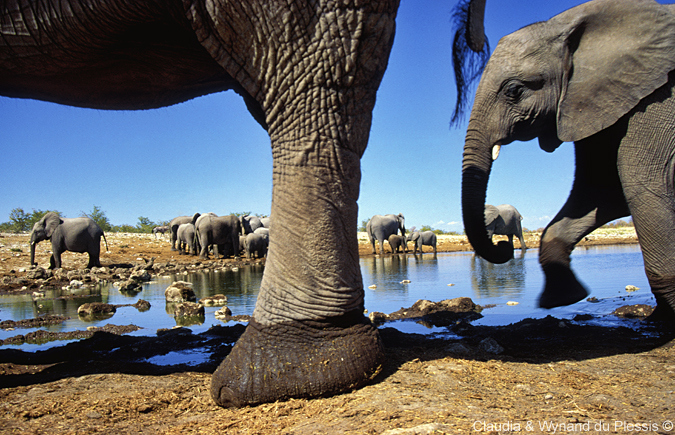
HOANIB RIVER
The Hoanib River is a mostly dry river course winding through the barren desert mountains of Kaokoland, from east to west. It is home to desert-adapted elephants, lions, giraffe, gemsbok and other hardy wildlife species.

The river only flows for a few days during the rainy season when good rains further east carry the flood waters down the river. Some years the river does not flood at all.
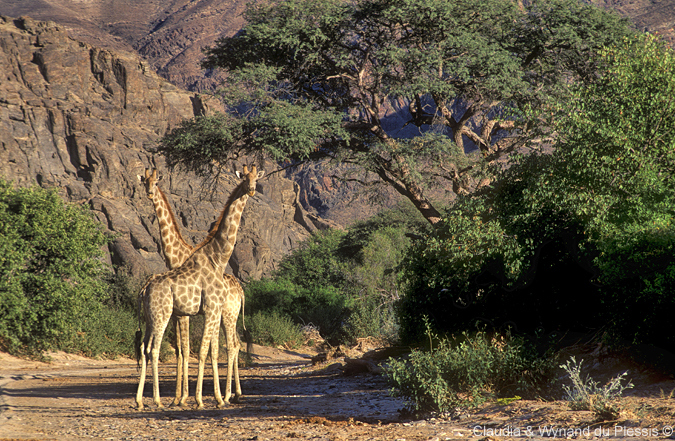
The river’s moods vary from seemingly hostile in the boiling heat of mid-summer to enchanted during some periods of the winter months, when large white acacia trees stand like ghosts in the thick fog that has moved in far inland from the coast.

EPUPA FALLS
Imagine a winding blue band of the Kunene River flowing past calmly. Then suddenly the river drops into a series of waterfalls, throwing white columns of spray into the air.
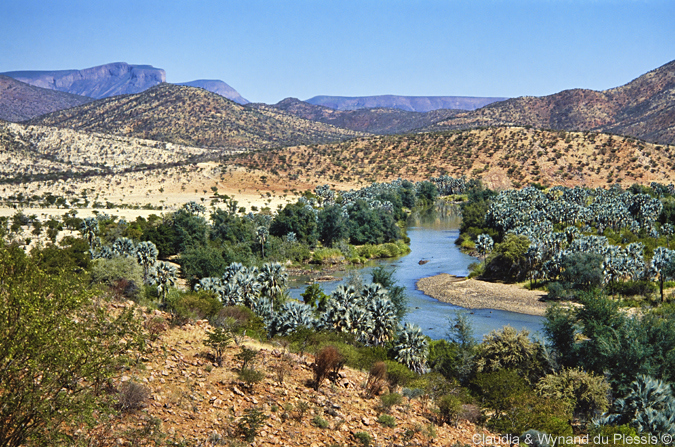
Add picturesque baobab trees balancing precariously on rock outcrops amidst the cascades and riverine palm forests along the river’s banks and you’ve got a magical oasis amidst Kaokoland’s semi-desert landscape.
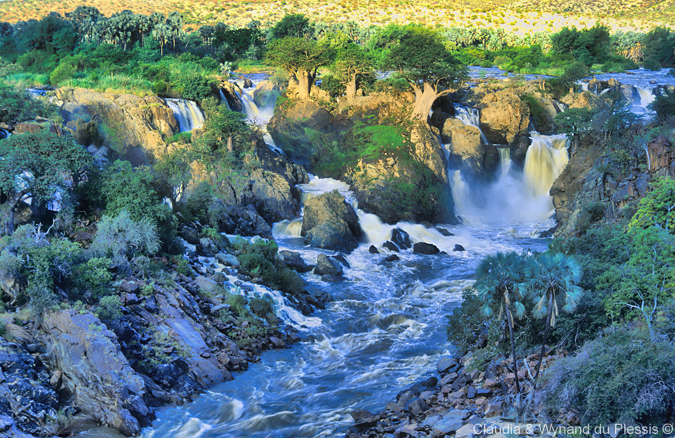
MAHANGO GAME RESERVE
Another wildlife photographer’s and birder’s paradise can be found at the Mahango Game Reserve along the Okavango River and areas further east into Caprivi.
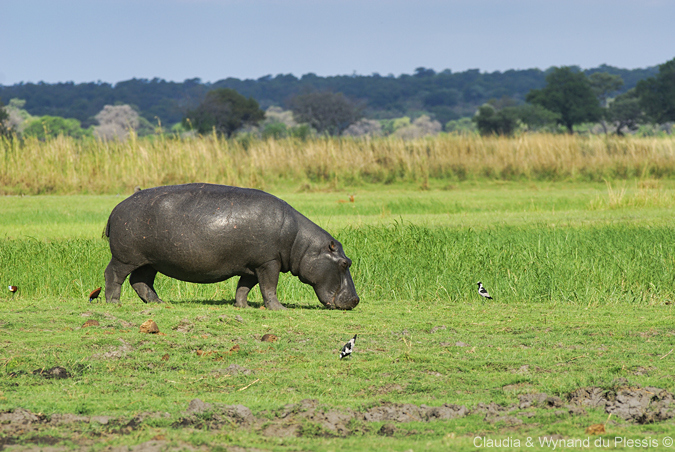
Lush riverine forest, flooded tall grass plains and marshes, idyllic river scenes and dry woodland areas are home to over 450 bird species and numerous big game, including huge elephant and buffalo herds, hippos, rare antelopes such as the sable, roan, sitatunga and many more.
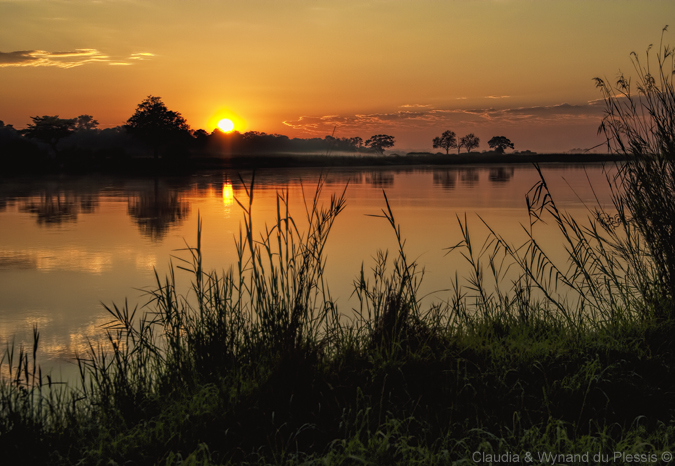
For accommodation options at the best prices visit our collection of camps and lodges: private travel & conservation club. If you are not yet a member, see how to JOIN below this story.
To comment on this story: Login (or sign up) to our app here - it's a troll-free safe place 🙂.![]()






